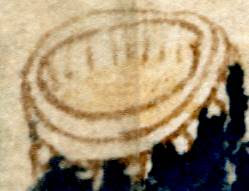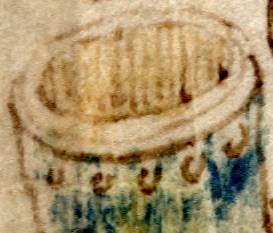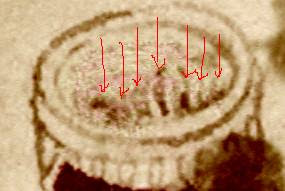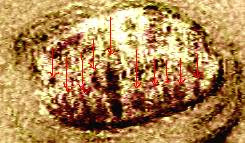It’s a mystery: when there is abundant evidence that people in the Middle Ages knew for sure that the earth was basically spherical, why has the myth persisted until the late 20th century that Columbus had to argue against Flat Earth proponents to gain backing for his voyage? And where did this whole mythology come from?
In his fascinating (if all too brief) “Inventing The Flat Earth” (1991), medieval historian Jeffrey Burton Russell traces the faulty arguments and ideologies across the centuries that contributed to this nonsense. As an immediate cause, he points to a small coterie of 19th century writers (specifically William Whewell (1794-1866) and John W. Draper (1811-1882)) who decided to start an agitprop war between “religion” and “science”, essentially by building opposing false idols of both “sides” and getting people angry enough about it to join in the fight.
For “religion”, the caricature they constructed was one of superstition and medieval backwardness: and what (thanks to multiple careful misreadings of the sources) could be more retrogressive than the notion of the flat earth? Disregarding the fact that just about everyone at that time believed in a spherical earth, Church or not. *sigh*
Yet for retrogressivity to be of interest as something to avoid, someone had (logically) to be promoting progressivity: Russell traces this back to Hegel, Auguste Comte, and to Jules Michelet, the last of which dubbed medieval scholastics “valiant athletes of stupidity” (hugely unfairly, of course).
But Jeffrey Burton Russell goes back further still: calling the Middle Ages “the Middle Ages” is a way of implicitly saying that it sat inbetween the (glorious) Classical Era and the (glorious) Renaissance – that it was a Tweenie era, that was more than just a bit disappointing and dull. And similarly with the Dark Ages, which would appear to have been so hugely disappointing that some extreme revisionist historians are trying to excise it completely!
Ultimately, Russell points the finger at Renaissance myth-makers: it was they who essentially invented the whole “medieval = rubbish” mythology which used to annoy Lynn Thorndike so much (though perhaps he should have been angrier with Alberti & his chums than with Jacob Burckhardt), in order to justify their own glory, as if fama was a zero-sum game. What did those Renaissance brainiacs ever do for us, eh?
Rewind to 1492, and the basic history is that Columbus never had to argue against a flat earth. His main point of disagreement was with those scientifically-minded people of the time who argued (completely correctly!) that his estimate of the distance East West to the Orient was far too low, and that he and his crew would die of starvation before they reached there. And they would have done, had another continent not happened to be in the way… but that’s another story.
Some may have heard of this book via the recent short article by Mano Singham (Phi Delta Kappan, 1st April 2007, available online) that was built almost entirely around a high-speed precis of Russell’s book: on HASTRO-L (2nd December 2007), Michael Meo criticized Singham’s presentation, but I think the inaccuracies there were in the summarizing, not in the original.
As far as the intellectual history goes, the seed of the myth/error seems to have been specifically sown by Copernicus in his De Revolutionibus preface (not the one Osiander added!). There, he says:-
For it is not unknown that Lactantius, otherwise an illustrious writer but hardly an astronomer, speaks quite childishly about the earth’s shape, when he mocks those who declared that the earth has the form of a globe. Hence scholars need not be surprised if any such persons will likewise ridicule me.
Copernicus was trying to play to the Church audience here, as the spherical earth was so well-believed as to be a point of faith. Yet because Lactantius’ opposing view (of a flat earth) had been deemed heretical, the papacy ordered in 1616 that this passage be censored from Copernicus’ book – but this order came too late for the 3rd edition of 1617, and the subsequent edition came along only in 1854.
And so the final irony here is that if De Revolutionibus had indeed (as Koestler asserted) been “The Book Nobody Read”, the flat-earth myth/error might never have flowered.



